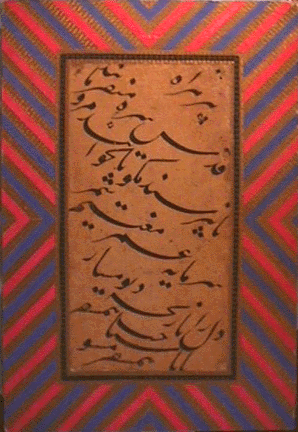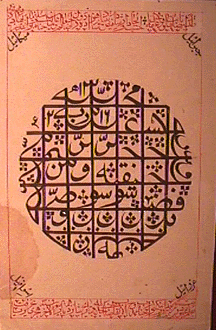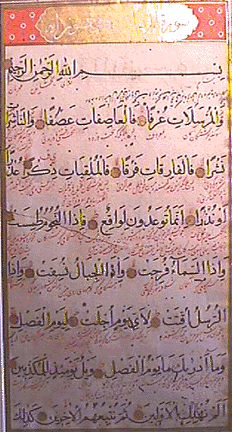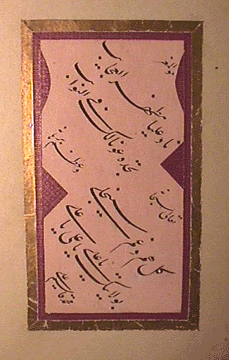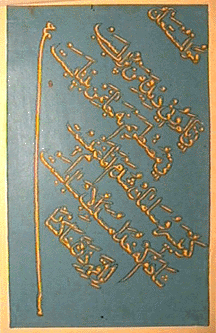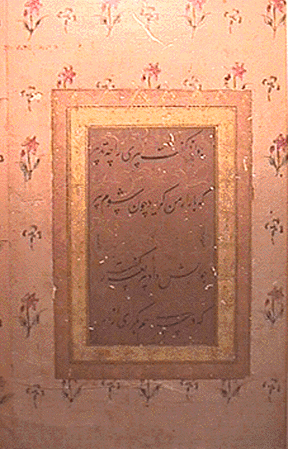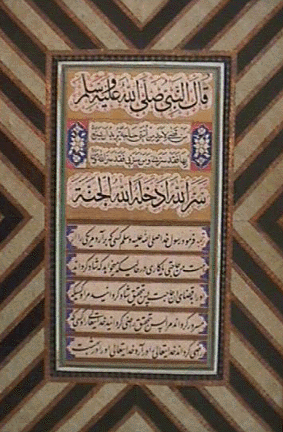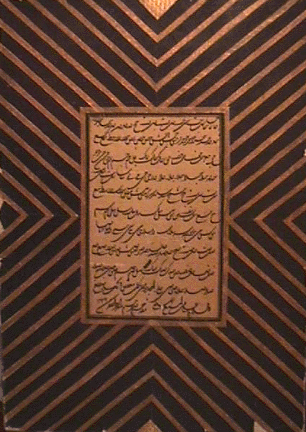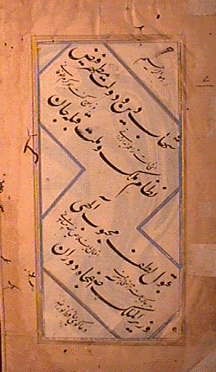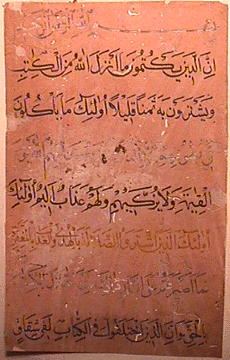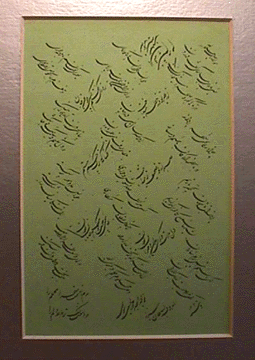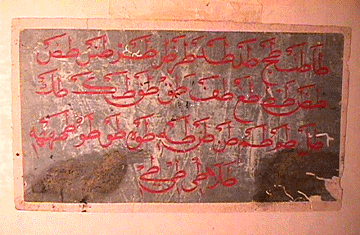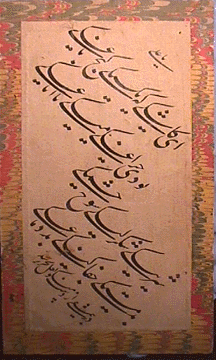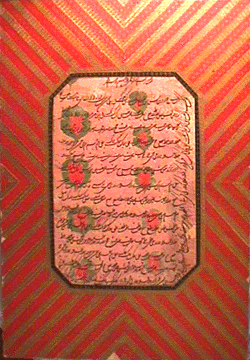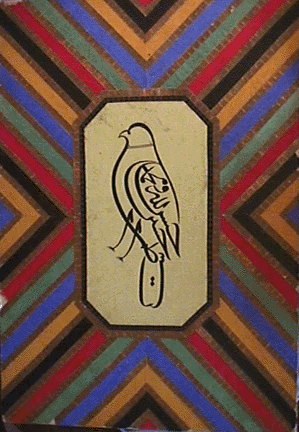BIDDINGTON'S EXPERT CONSULTANCY ARCHIVES:
Tall Case Clocks with Joel Lynn
Quilts & Textiles as Social History with Bryce Reveley
Islamic Amulet Collector Speaks
Islamic Calligraphy Collector Speaks
Islamic Illuminated Books Collector Speaks
OTHER ISLAMIC CALLIGRAPHY LINKS:
Characteristics of Islamic Calligraphy and Process
Los Angeles County Museum Islamic Art Collection
Contact Biddington's about Expert Consultancy
BIDDINGTON'S Expert Consultancy interviews knowledgeable professionals and amateurs in the areas of fine arts and antiques collecting. Please explore the many informative features related to BIDDINGTON'S upmarket, online art gallery and auctions and BIDDINGTON'S Contemporary Art Gallery by using the links below.
COPYRIGHT: Images and information within www.biddingtons.com are Copyright Biddington's, Inc.--except where preceded by individual copyrights of the artists.
Downloading or printing for online or print reproduction of any materials without specific written permission from Biddington's, Inc. is prohibited.
PEDIGREE & PROVENANCE
JAKE BIDDINGTON'S INVESTING
BIDDINGTON'S BENTLEY
CREATIVE PROCESS
INDEX to Art & Collecting Articles

